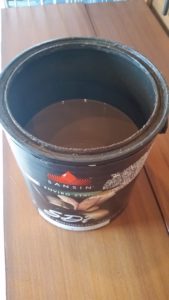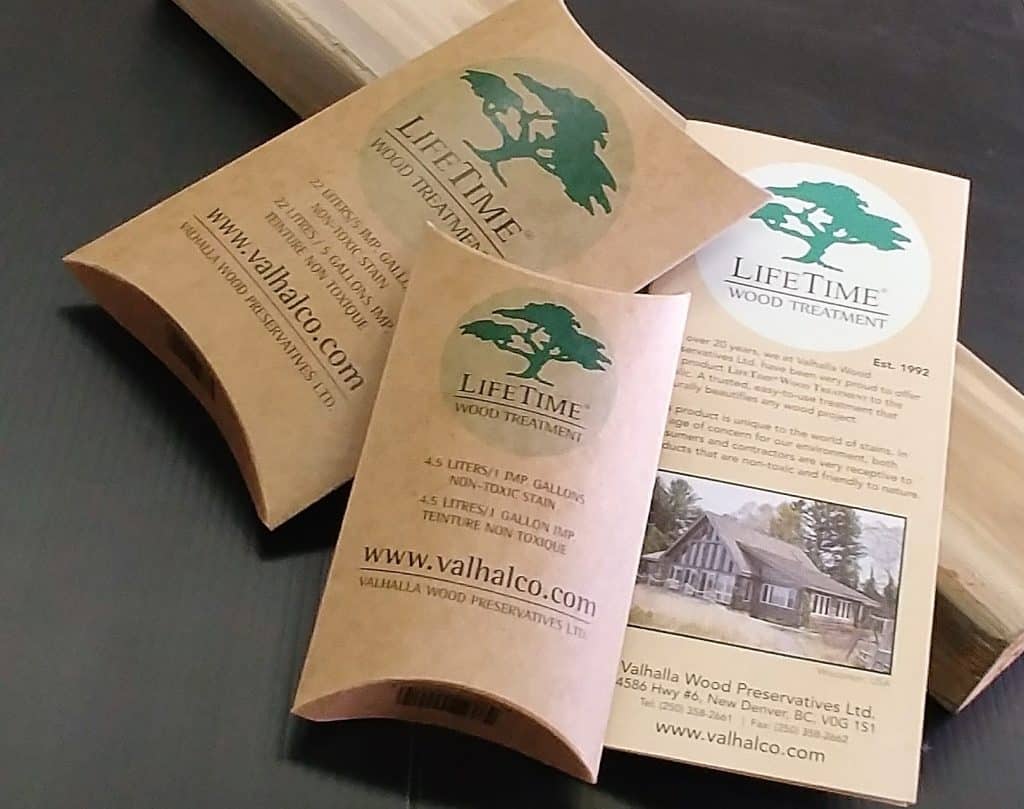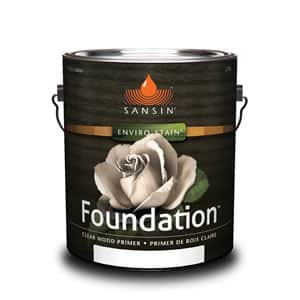In the last blog post we touched on the storage of stain through the winter and how to keep them usable for your next project. I also mentioned the shelf life of stain and how it’s important to follow the tips to maximize the stain’s life span. So in this blog I wanted to talk a little bit more on shelf life and the signs of unusable stain.
On stain cans there is no expiry or sell by date indicating a shelf life of the product, often because how the product is stored depicts the probable length of usage. There are a number of different ways to tell if your stain is still in good condition, and here I will explain these tips. Most of the time, 18 months to 36 months is a good estimate on how long a stain will last, but they can often last for much longer if they are stored in the conditions that I explained in the last blog post.
A visual inspection can give you a good idea of if the stain is still good to use. If the stain has an unusual odour, or becomes thick and rubbery, stringy, or separated the stain should be discarded. Water-based stains can sometimes develop a cottage cheese-like consistency, which indicates that the stain should no longer be used. If everything seems good with the visual test, a drying test is a good way to get a better understanding on the condition of the stain. A drying test can be done by brushing a sample of the stain on to another surface that allows you to see the consistency and also to tell if it’s drying correctly.






